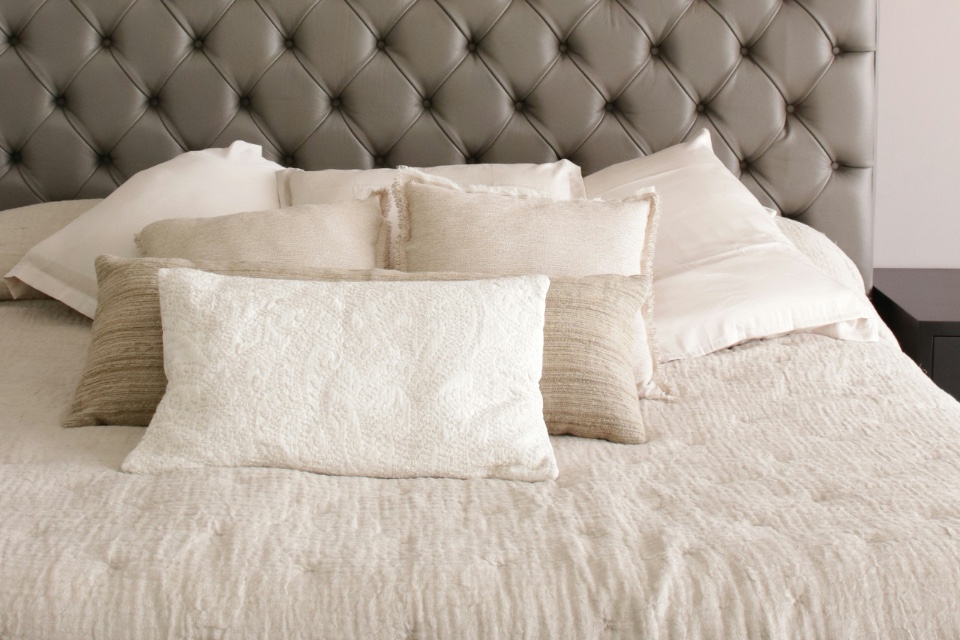In care homes, few issues have as great an impact on resident wellbeing, regulatory compliance, and operational reputation as pressure injury prevention. With the Care Quality Commission (CQC) continuing to make safety and quality of care central to its assessments, providers attending the Care Forum are turning to digital audit tools, benchmarking initiatives, and transparent reporting to measure what matters, and to prove continuous improvement in pressure care…
Digital Audits for Real-Time Insight
Traditional paper-based audits are time-consuming, error-prone, and often reactive. Increasingly, care homes are adopting digital auditing platforms that allow staff to capture data at the point of care using tablets or mobile devices.
These systems provide instant visibility of compliance, flag risks in real time, and generate automated reports for managers. Some tools integrate with electronic care planning systems, enabling staff to link observations directly to individual care plans. This reduces duplication and ensures a more holistic view of resident needs.
Aligning with CQC Expectations
The CQC expects providers to demonstrate not just that processes exist, but that they are effective and continuously improved. Digital audit systems help managers evidence compliance quickly by producing clear, accessible reports aligned to regulatory frameworks.
By tracking key indicators, such as incidence rates, repositioning frequency, equipment use, and staff training, providers can build an audit trail that demonstrates both proactive prevention and responsive care. In inspections, this data provides assurance that best practice is embedded across the service.
Benchmarking for Improvement
Beyond compliance, many organisations are participating in benchmarking initiatives, sharing anonymised data across regional networks or care groups. This allows managers to compare their performance against sector averages, identify outliers, and prioritise areas for intervention.
Benchmarking also fosters a culture of accountability and collaboration. By learning from peers, care homes can adopt proven approaches to reduce injury rates, improve staff confidence, and strengthen quality ratings.
Closing the Loop with Reporting
Measuring pressure care performance is only valuable if insights lead to action. Leading providers use dashboards and monthly reporting cycles to communicate results with staff, highlight successes, and address areas of concern. Transparent reporting ensures that frontline teams see the impact of their work, boosting morale and reinforcing a shared commitment to resident safety.
Pressure care is not simply a clinical challenge but a strategic quality priority. By embracing digital audits, aligning with CQC expectations, and participating in benchmarking, care homes can move from reactive management to proactive prevention.
The result is better outcomes for residents, stronger compliance for providers, and a culture of continuous improvement that benefits the entire organisation.
Are you searching for Pressure Care solutions for your organisation? The Care Forum can help!
Photo by Daniel Enders-Theiss on Unsplash






